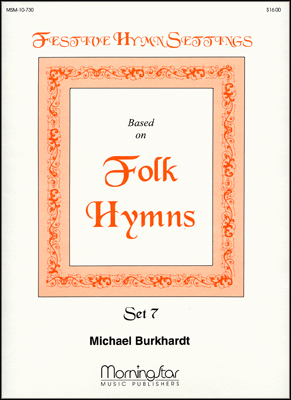- |
User Links
Will You Come and Follow Me
Hymn Information
- First Line
- Will you come and follow me
- Author
- The Iona Community
- Tune Name
- KELVINGROVE
- Arranger
- John L. Bell
- Tune Source
- Scottish traditional
- Topic
- Call to Discples · Discipleship · Missional · Occasional Services: Dedication of Holy Living · Occasional Services: Ordination/Installation
Copyright Information
- Text Copyright
- © 1987 Wild Goose Resource Group, Iona Community, Scotland, GIA Publications, Inc., exclusive North American agent
- Tune Copyright
- arr. © 1987 Wild Goose Resource Group, Iona Community, Scotland, GIA Publications, Inc., exclusive North American agent
- Reprint/Projection Information
- Words and Music: Permitted with a license from OneLicense.net. If you do not own this license, please contact the copyright holder for permission.
Scripture References
Confessions and Statements of Faith References
Further Reflections on Confessions and Statements of Faith References
The Canons of Dort V, 13 explain that our assurance of eternal security and perseverance cannot “produce immorality or lack of concern for godliness in those put back on their feet after a fall, but it produces a much greater concern to observe carefully the way which the Lord prepared in advance” and it is “an incentive to a serious and continuous practice of thanksgiving and good works...” (Canons of Dort V, 12) Therefore, this sub-section contains songs which express both the desire and the commitment of the believer to walk in obedience for holy living. Woven throughout these songs are expressions of fervent desire for holy living, a dedication to follow God’s will, a surrender of one’s will, and prayers for the Holy Spirit to continue his sanctifying work.
Will You Come and Follow Me
Additional Prayers
Will You Come and Follow Me
Tune Information
- Name
- KELVINGROVE
- Key
- F Major
- Meter
- 7.6.7.6.7.7.7.6
Recordings
Musical Suggestion
- In services of commitment or dedication, especially when the scriptural theme emphasizes the radical demand of the Lord's call.
- At the close of worship as a "call to services."
- On the first four stanzas, place four soloists (different ages, gender, race, calling) in four areas of the worship space, to indicate that God's summons comes from various places and in various ways.


 My Starred Hymns
My Starred Hymns






